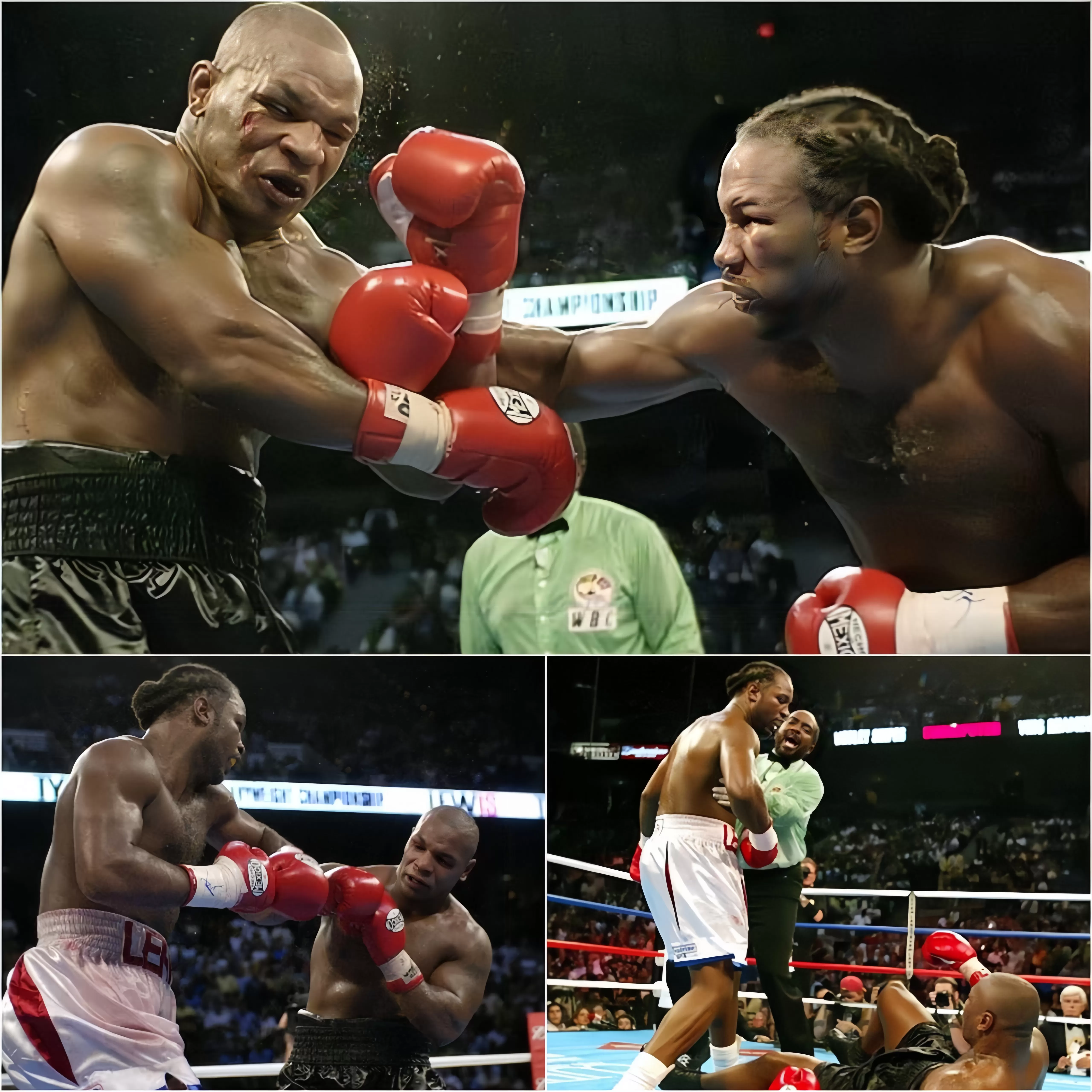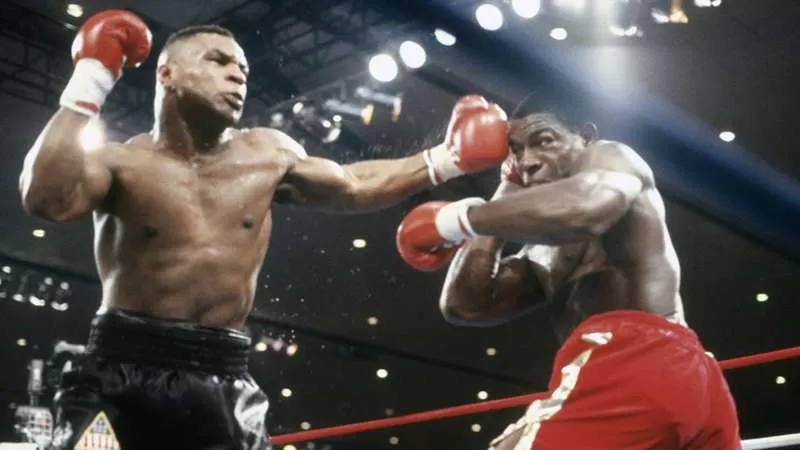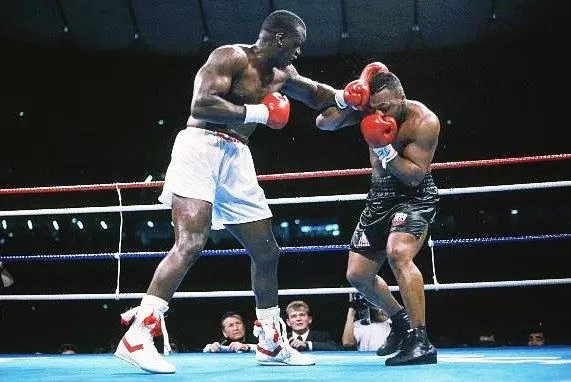Once praised as one of the sport’s most formidable and fierce fighters, Mike Tyson has seen both incredible highs and heartbreaking lows in his career. When he was at his best, his speed, strength, and relentless aggression made him a terror for opponents. But Tyson’s once-legendary skills appeared to wane in his later bouts. Both fans and critics have observed a marked deterioration in some crucial aspects of his boxing technique, most notably his timing, footwork, and ability to generate angles. This article explores Tyson’s deterioration as a fighter and looks at how his success in his later career was affected by the absence of these important components.

The New York Times describes how Roy Jones Jr. and Mike Tyson fought to a draw in 2020.
Tyson was a master of timing and technique in his peak, generating devastating angles that gave him the advantage over his rivals. He was able to close the distance fast thanks to his small frame and lightning-fast reflexes, frequently throwing blows before his opponents could react. In addition to mobility, Tyson’s footwork involved managing the ring’s space, cutting off the canvas, blocking escape routes, and positioning his lethal combinations.

Tyson’s ability to switch between offensive and defensive tactics with ease is something that many boxing fans and pundits recall. He was naturally adept at setting up angles and positioning himself to land knockout blows. He was an almost unstoppable force during his time as heavyweight champion because of his explosive power, defensive movement, and fast decision-making.

The greatest opponent Mike Tyson has ever faced isn’t Lennox Lewis | DAZN News USSpectators saw Tyson’s technique gradually deteriorate in his subsequent bouts, especially following his resurgence in the 2000s. The quick, flowing movements that used to define his in-ring approach were no longer there. Rather, Tyson started to maneuver less effectively, not being able to corner his opponents and shut off the ring as easily as he used to. He frequently made slow efforts to get closer, and he didn’t appear to be able to form the same angles that used to make him such a destructive force.
In boxing, footwork is essential for both offensive and defensive tactics. Tyson seemed less nimble in his later years and frequently stood too square to his opponent, which made him a simpler target for counterattacks. He found it difficult to pursue opponents without the explosive speed or fluid transitions that characterized his best days, and the footwork that had previously allowed him to dominate the ring now appeared to be a lost art.
The obvious lack of Tyson’s once-lethal combinations was another significant factor in his demise. Tyson was renowned for outshining his opponents with quick, multi-punch combos. One of the most distinctive aspects of his early career was his ability to string punches together, which frequently resulted in a knockout blow. His combinations, however, grew less common and less successful as his career developed.

He appeared to lose the rhythm that had previously enabled him to throw powerful bursts of punches. Tyson was frequently using single power shots instead of the precise combinations that helped him win the world title, according to critics. Not only that, but his once flawless timing seemed to waver. Tyson was having trouble finding the ideal moments to land his finest hits, and his fists were no longer landing with the same accuracy.
What was the first time Mike Tyson lost? EssentiallySports
Tyson’s performance in the ring was directly impacted by his difficulties with timing, footwork, and angles in his subsequent bouts. His opponents were able to keep him at bay, wear him out, and dodge his power shots because he was unable to regulate the tempo of the fight. Tyson’s deterioration became painfully apparent in bouts against more technically skilled opponents, including as Evander Holyfield and Lennox Lewis, who outboxed him.
Furthermore, Tyson was more predictable due to his lack of offensive flexibility. Tyson’s ability to feint and change angles kept opponents guessing during his best years, but as he aged, he appeared to develop recurring patterns that made it simpler for opponents to predict his techniques. Tyson was unable to dominate the ring with the same ferocity that had made him an untouchable force, which resulted in some of his most disappointing losses during his career.
YouTube: Mike Tyson vs. Buster Douglas
Mike Tyson’s impact on boxing is still indisputable, even in light of his downfall. Tyson’s mere presence in the ring demanded respect, even in his later years. Even though his might had diminished, opponents were still at risk from it. Tyson is one of the most recognizable figures in boxing because of his intensity and capacity to bounce back from defeats.
Tyson’s tale serves as a reminder of how crucial it is to continue to be technically and physically proficient in every aspect of boxing. Even the best fighters can be degraded by losing their footwork, timing, and angle-creation skills. But Tyson’s influence on boxing endures because he changed the way heavyweights fight by fusing power and speed in a way that had never been seen before.
Mike Tyson’s performance in the ring suffered as a result of a decrease in his footwork, timing, and angle-creation skills in his later career. The loss of these key abilities highlighted the challenge of sustaining optimal physical condition and technical proficiency over time, even though his fierce strength and legacy endure. Tyson’s fall offers important lessons for upcoming boxing generations and is both a warning and a celebration of the glory he attained in his youth.